Blog Layout
Blog
A PAIN IN THE FOOT
Today, an old friend contacted me about a foot pain
problem. What can a massage therapist do for someone who lives 800 miles away? If I can help her understand why she is suffering from foot pain to begin with, maybe we can figure out what she can do to help herself.
Have you ever suffered from foot pain?
One fact that may surprise you is that most foot pain problems do not actually begin in the foot. Positional problems with the hips and/or pelvis change the way the rest of your major weight- bearing structures (i.e. lower back, knees, ankles and feet) are positioned, which cause changes in how they function. For example, if your pelvis is rotated forward beyond its normal range, your knees will be forced to extend (straighten) and your ankles to go into
plantarflexion,
which is when your point your toes. This tends to cause a shortening of the muscles in the front of your hips and thighs and also the muscles of the lower back, calves and soles of the feet. This position is likely to cause you to bear your weight further forward on your feet than would be ideal.
However, in my experience this combination of issues doesn’t usually cause foot pain, it only sets the stage for there to be some kind of pain problem in the lower body. There usually is a straw that breaks the camel’s back. That straw is typically one or both of the following: either the hips are/become hyperextended
and/or the pelvis is/becomes higher on one side than the other. Stay with me here, despite the complicated verbiage this isn’t really that complicated.
Let’s do an experiment: Stand up tall with your feet parallel and shoulder-width apart. Close your eyes. What happens to your hips if you forcefully tighten your glutes? Where do your hips go? Try it again. If you are like most people, your hips extend forward. Some people stand like this all the time, with their hips hyperextended. Similar to having your pelvis rotated too far forward, this postural position changes how you bear weight through your lower back, hips, knees, ankles and feet. In fact, some unfortunate people have a pelvis rotated too far forward AND have their hips hyperextended! This combination of malalignment creates huge structural stress throughout the body and arguably the two areas most dramatically affected are the lower back and feet.
So, we have a situation where the feet are under a huge amount of stress. What could we do to crank the demand up one notch and reach the breaking point? How about tilting your body over to one side so that you are bearing more weight on one foot than the other? Yes, that would do it. If your pelvis is tilted over to one side because of a crooked pelvis, leg length differential, or related asymmetry, not only do you have all of the structures of the foot and lower leg placed in a compromised position, but you are also asking them to do more work than they would normally need to do. This is the recipe for a painful foot or even two.
There are bands of connective tissue that go from the bottom of your heel to the base of your toes. This tissue is called your plantar fascia. It acts very much like the guy wires of a suspension bridge. If the architecture of the foot is placed in a compromised position the plantar fascia can only hold up for so long. If subjected to enough overload for a prolonged period of time, it can literally start to tear away from the base of the heel, resulting in pain and inflammation. This condition is called “plantar fasciitis.” If it goes unresolved, this condition can lead to what are called “heel spurs.” A heel spur results when the body comes to the rescue and creates some lasting stability by depositing calcium where the plantar fascia is tearing away from the heel. In this way the tear is stabilized, but it has done nothing to eliminate the cause of the problem, which is the excessive strain placed on the muscles, tendons and connective tissues.
Patients with plantar fasciitis
and/or heel spurs
usually have severe pain when they first stand up in the morning (irritated tissues in the foot/feet have been shortening all night!). This pain usually eases somewhat with mild activity, only to worsen later in the day as the accumulated stresses on the foot/feet begin to take their toll. Some people mistakenly assume that surgery is the only solution for heel spurs. What I can tell you for certain is that unless you straighten out the offending alignment problems occurring higher up in the body your feet will never fully recover, surgery or no surgery.
In any foot pain
case where dysfunctional structural alignment is a contributing factor, the first step is to get the pelvis into as neutral a position as possible in order to normalize the stresses on the feet. Only then can any localized treatment of the painful foot result in any degree of lasting relief. Using my hypothetical example (pelvis is rotated too far forward and tilted laterally), a combination of stretching (quadriceps, hip flexors, adductors and lower back) and strengthening (abdominals, glutes and hamstrings) exercises should result in a much more neutral pelvic position. If successful, you would then be ready to use specific techniques to directly address the lower leg and foot.
Most people will instinctively feel that their foot/calf needs to be stretched out. Be very careful
how you respond to that impulse. Remember that a fundamental characteristic of the original problem is that the tissues of the sole of the foot are already under a tremendous amount of stretch tension. As a result, aggressive stretching of the calves and feet will not only not help, but in most cases will make your problem worse.
Yes, gently exploring a range of motion movements in the ankles and feet is advisable and healthy. However, if you find mobility restrictions in your feet or ankles, please proceed attentively and with caution. Stretching that irritates
your symptoms is clearly inappropriate.
Massaging the tissues of the sole, lower leg and foot can be done to eliminate painful localized spasms and trigger points within the overstretched tissues. Do not try to grind these spots into oblivion. Your body will likely find that very irritating. Light/moderate direct pressure to these spots for up to 30 seconds at a time should allow them to relax, as long as the pressure isn’t too aggressive.
If you find that full range of motion is already available in dorsiflexion, then there is no point in stretching the calves any further. In such cases you probably need to gently stretch and massage the soft tissues in the front and the outer sides of your lower leg. Once there is some lessening of the foot pain, gently practice active range of motion in plantar flexion
(pointing your toes like a dancer) to help to re-educate the tissues of the lower leg and foot and encourage them to return to their normal resting length.
To put the finishing touches on the rehab of plantar fasciitis,
most people benefit greatly from building themselves up to doing bodyweight calf raises and many even move beyond that to using weights. This part of the process can be very useful for rebuilding a more neutral foot and ankle posture and is great insurance against re-injury.
Most people going through this process find that ice can be used to reduce the irritation in their foot/heel. Ice can be particularly effective when it is employed immediately following any direct manipulation of the foot itself.
Plantar fasciitis
is only one of a huge number of musculoskeletal disorders
that are common secondary effects of muscle imbalance and malalignment. The more you learn about how many different ways your body can break down neuromuscularly,
the more you realize that it is vital for you to take a proactive role in your physical wellbeing. Don’t wait until pain forces you to take action! You are only given one body.
Spend a little bit of time every day training it to be straight, mobile and strong.
Your body will thank you for it!
Yours in health,
Geoff Dakin
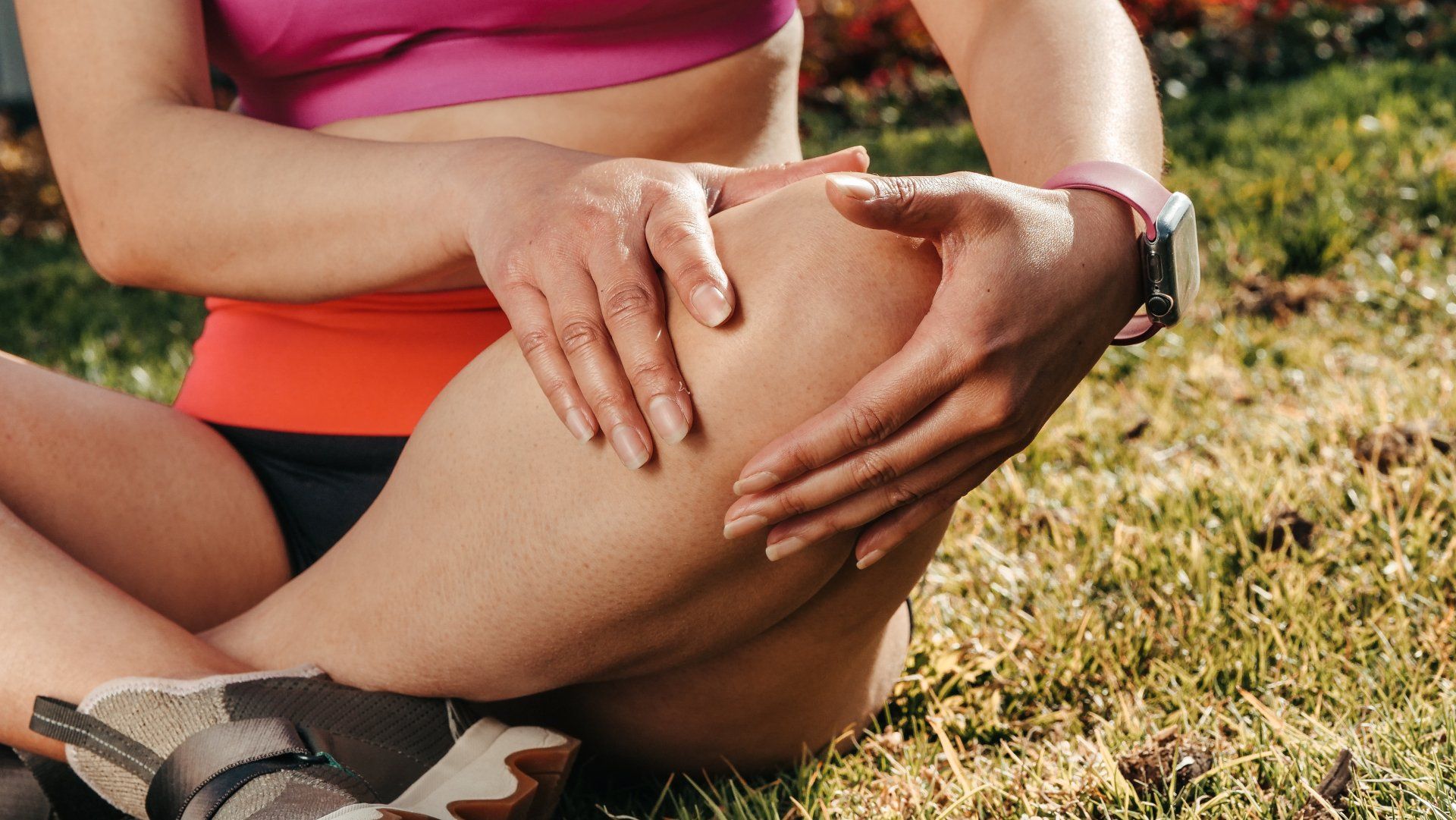
By Geoff Dakin
•
April 4, 2022
"Most people who have chronic or recurring knee pain have a hip/pelvis alignment problem, a foot/ankle problem, or both." First-principles thinking involves breaking down a problem into its assumption-free, fundamental building blocks. In the chronic pain-elimination game, the following fundamental truths have served me well over the years: 1. The nervous system is paramount. 2. Malalignment of the skeleton adds stress to the neuromuscular system. 3. Postural malalignment can usually be reduced with the practice of appropriately prescribed corrective exercise.
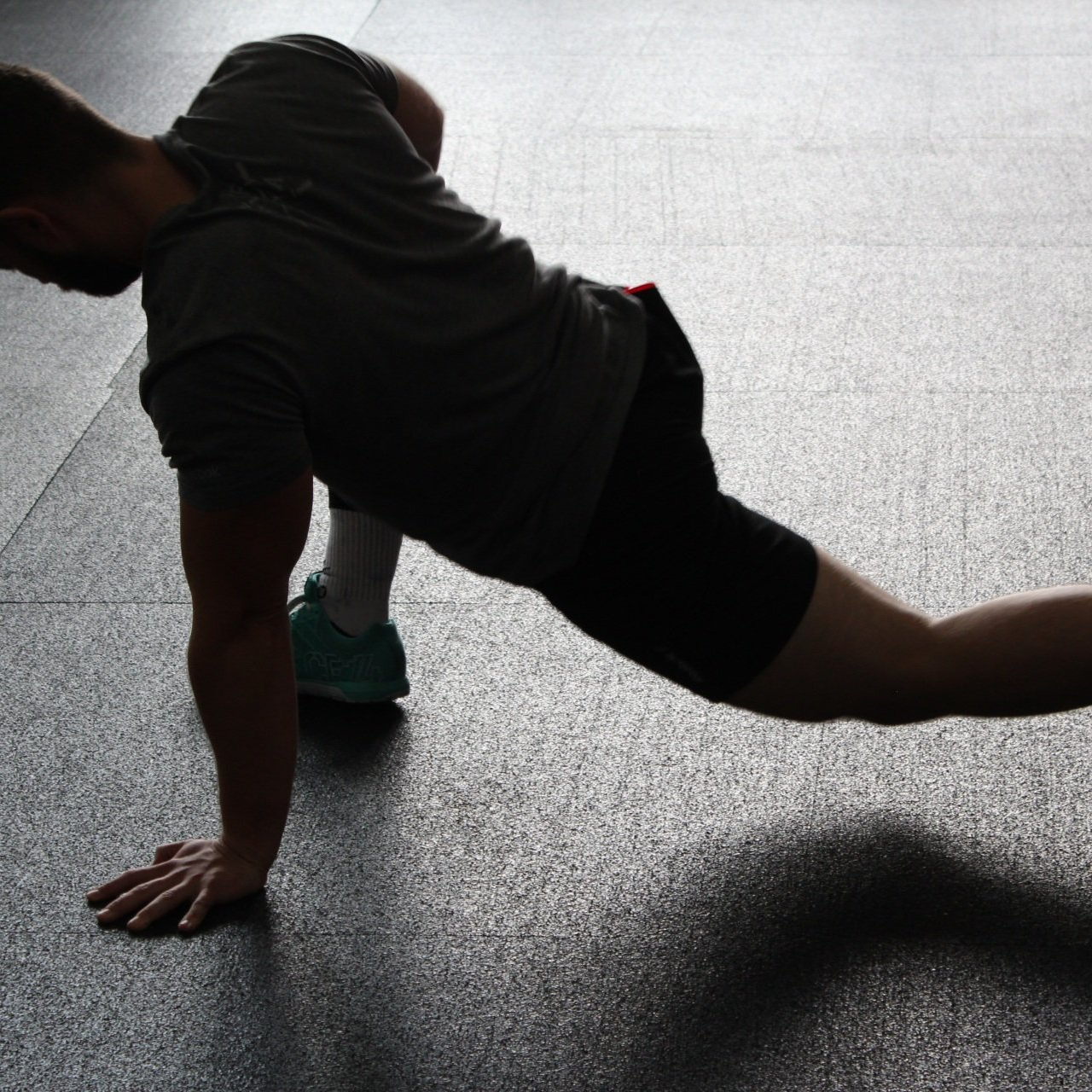
By Geoff Dakin
•
March 28, 2022
I have found that most people will stretch as aggressively as their pain threshold will allow. However, there is this thing called the “Stretch Reflex.” In other words, stretch too hard and all you are doing is making yourself sore! All pain, no gain. Stretching "the wrong muscles"??? I can hear the gears turning in your head. "The wrong muscles" doesn't make any sense!
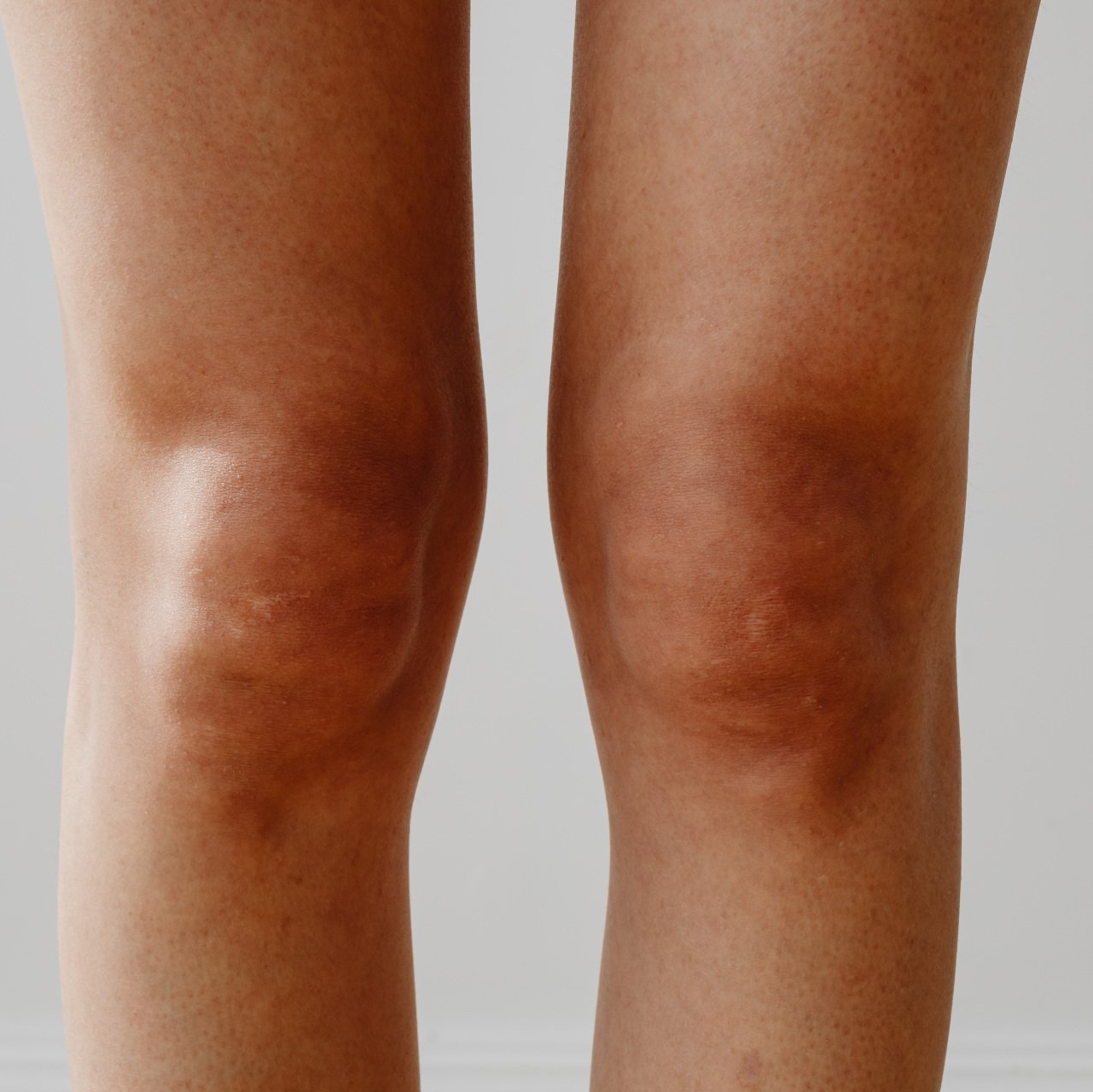
By Geoff Dakin
•
March 21, 2022
Although chronic back pain is the most common chronic pain problem worldwide, of course, it's not the only one. In my practice, I also help people struggling with foot pain, hip pain, shoulder pain, and many others!
In fact, today I want to share with you my perspective on KNEE PAIN, one of the most common problems I'm asked about.

By Geoff Dakin
•
March 7, 2022
“Impossible” is usually an opinion, not a fact. Although you may’ve taken a very long and winding road to get relief from chronic pain, and you’ve probably even had experiences that suggest that solving your pain problems are “impossible” If you come to the clinic or work with me using video conferencing I can guide you through your rehab training even faster and easier!
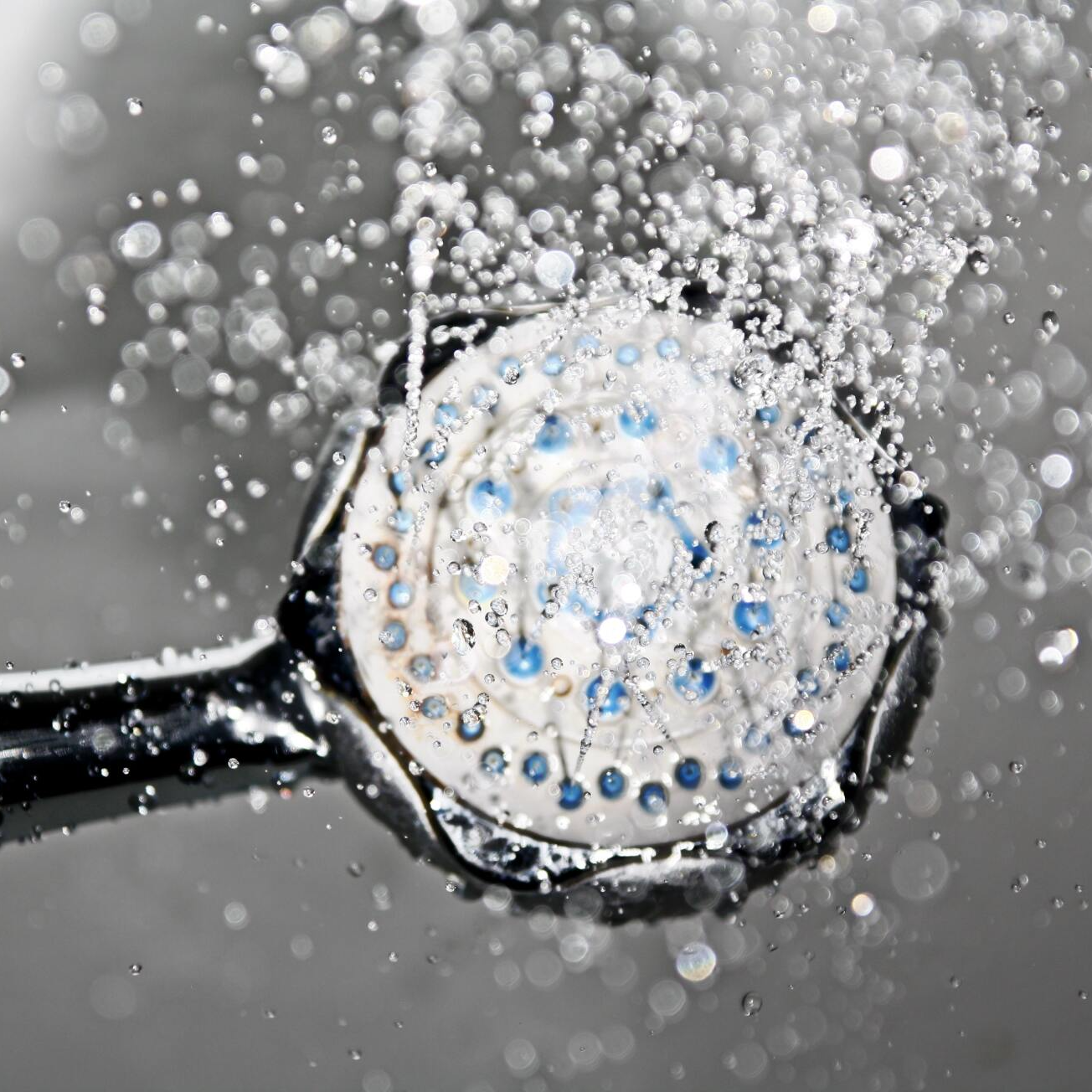
By Geoff Dakin
•
February 27, 2022
This morning I got thinking about something a patient said. She has felt “heard” and she is no longer fearful that she will be “forced to do things that cause undo pain". I put a lot of time, effort, and yes, thought, into making sure you’re getting the care your body needs, not what some system says you SHOULD need.
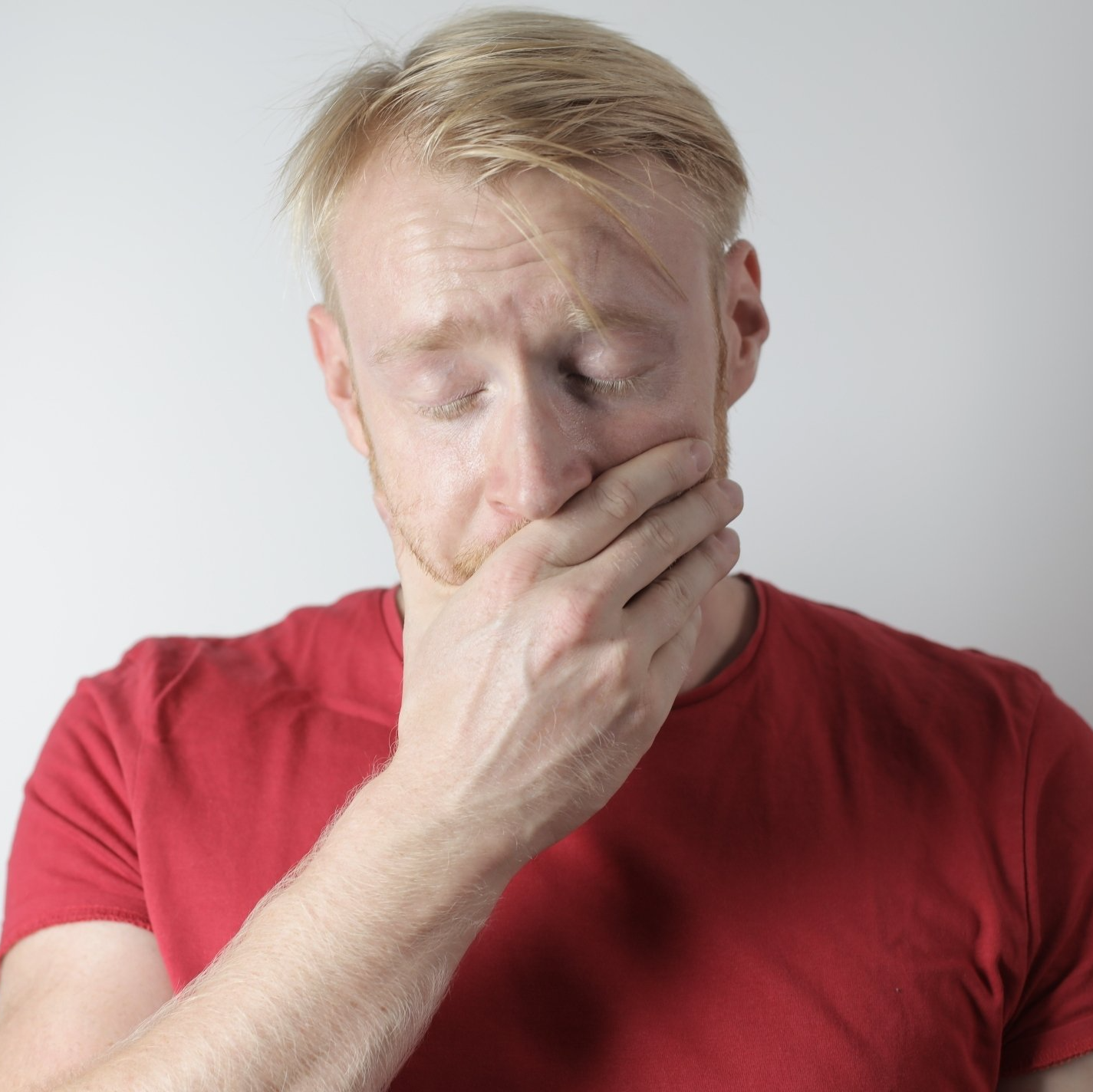
By Geoff Dakin
•
February 18, 2022
I continue to see chronic pain problems being mismanaged and misunderstood. Or better said, mismanaged because they are misunderstood. Is it any wonder that people aren’t getting the help they need and instead end up relying on painkillers and surgeries to “solve” their problems?
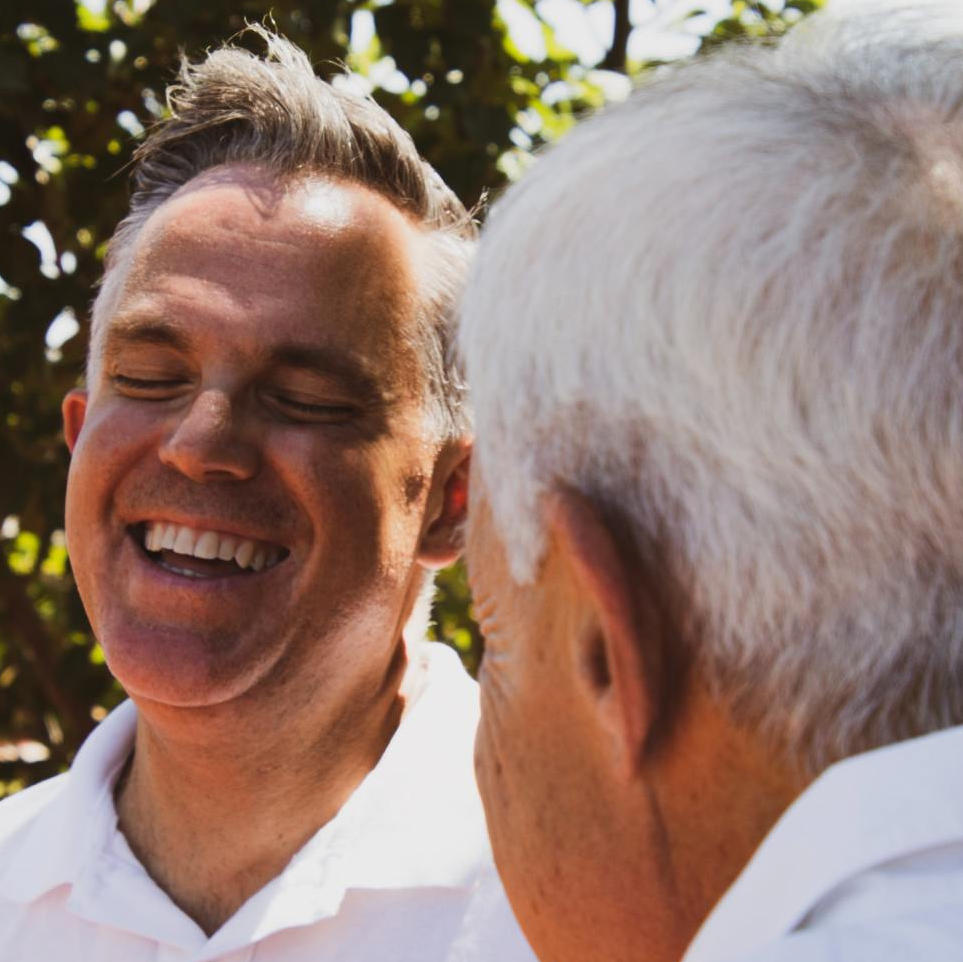
By Geoff Dakin
•
August 26, 2021
With people living longer than ever before, more and more individuals find themselves sandwiched between caring for their children and caring for their aging parents. You may experience feelings of grief and loss, as you see your parents changing and the roles of your family shifting. You may also feel fearful and anxious about your parent’s mortality, and that gets you thinking about your own.
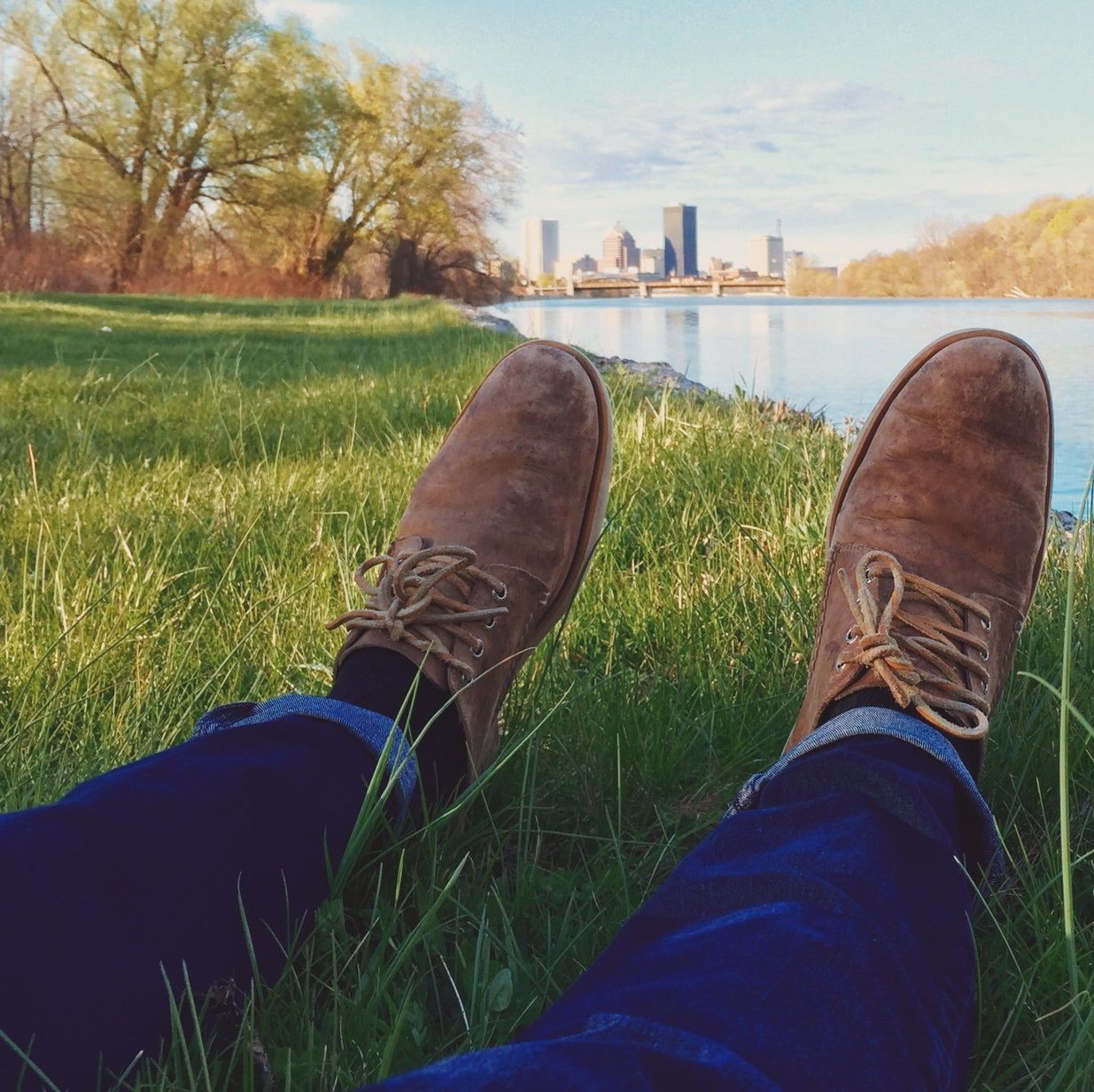
By Geoff Dakin
•
June 23, 2021
The body holds much of the information we need to function at our best, but too often we ignore its messages and plow ahead with what our minds tell us. Instead of asking our body what it wants, we go for the quick fill-up or the comfort food that may be the last thing we really need. So, what to do to give your body an equal say in how you use it?

By Geoff Dakin
•
May 25, 2021
In challenging times such as these, taking care of ourselves is more important than ever—yet it’s often the last thing on our minds. We all know the negative impact on our health that stress can have—so, let’s find some balance. Take this self-quiz to see how well you are taking care of yourself.

